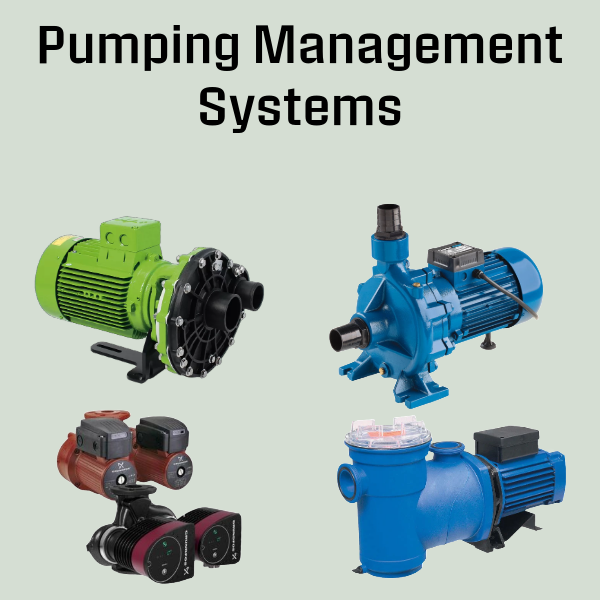
Understanding Pumps and Control Systems: Duty, Standby, and Duty-Assist Explained
Share
Understanding Pumps and Control Systems: Duty, Standby, and Duty-Assist Explained
Pumps are essential to countless applications across commercial, industrial, and even residential settings. From water supply to HVAC systems, they keep fluids moving efficiently. But to ensure reliable and energy-efficient operation, it’s crucial to understand not just the pumps themselves but also the control systems that manage them—especially when it comes to concepts like duty, standby, and duty-assist configurations.
The Basics of Pumps and Controls
Pumps move fluids from one place to another, but how they’re operated can significantly impact performance and reliability. That’s where control systems come in. A pump control system can:
-
Automatically start or stop pumps based on demand.
-
Alternate between pumps to balance wear.
-
Monitor performance and alert operators to maintenance needs.
What is a Duty-Standby Configuration?
In a duty-standby setup, one pump (the duty pump) handles the process demands, while a second pump (the standby pump) remains off but ready to take over if the duty pump fails or requires maintenance.
Advantages of duty-standby setups:
-
Reliability: Continuous operation even if one pump fails.
-
Maintenance Flexibility: Allows maintenance without shutting down the entire system.
-
Extended Equipment Life: Each pump runs for fewer hours, reducing wear.
What is a Duty-Assist Configuration?
A duty-assist configuration allows both pumps to operate simultaneously during periods of high demand. Typically, one pump runs as the duty pump. When flow or pressure requirements exceed a preset level, the assist pump activates to share the load.
Advantages of duty-assist setups:
-
Increased Capacity: Can handle variable or peak demand without oversizing a single pump.
-
Energy Efficiency: Smaller pumps running together can be more efficient than a single oversized pump running at partial load.
-
Flexibility: Adapts to changing operational needs.
Choosing the Right Configuration
Selecting between duty-standby and duty-assist (or even a combination) depends on several factors:
-
Demand Profile: Is demand steady, or does it fluctuate?
-
Criticality: Is uninterrupted service crucial?
-
Maintenance Requirements: How often does the system need service?
-
Energy Efficiency Goals: What are your sustainability and cost-reduction targets?
Best Practices for Pump and Control Systems
-
Proper Sizing: Ensure pumps are sized correctly for your system’s flow and pressure needs.
-
Intelligent Controls: Use variable frequency drives (VFDs) and advanced control panels to adjust pump speeds and operation based on real-time demand.
-
Monitoring and Alarms: Implement sensors to track performance and alert operators to issues.
-
Maintenance Scheduling: Rotate pumps regularly to distribute wear evenly.
-
Compliance: Adhere to local codes and industry standards to ensure safe and reliable operation.
Conclusion
Pumps are the heart of many fluid systems, but the controls that manage them are equally important. Understanding duty-standby and duty-assist configurations helps you design a system that is both reliable and efficient. If you’re planning a new installation or upgrading an existing system, our team is here to help you select the right pumps and control solutions for your unique needs.
Ready to learn more? Contact us today for expert advice and solutions tailored to your project.
